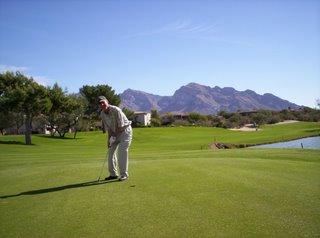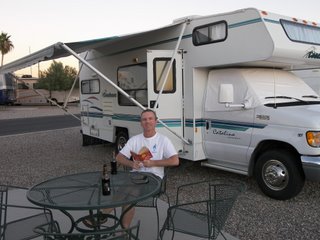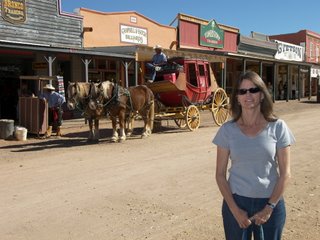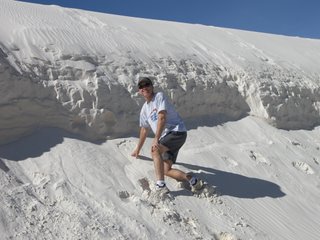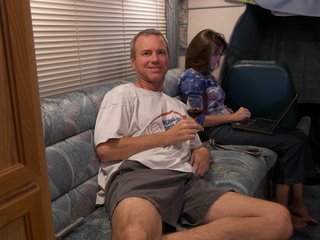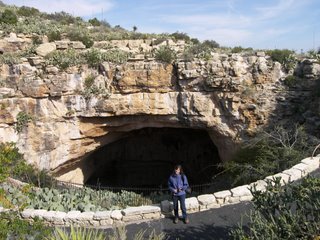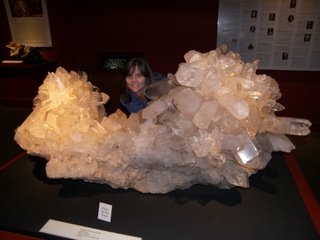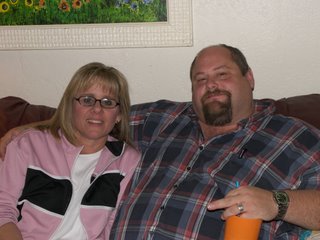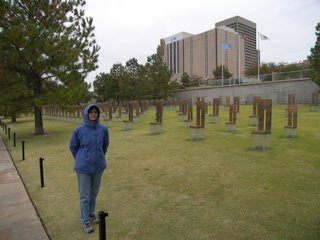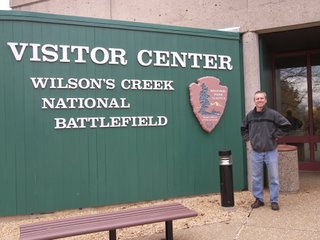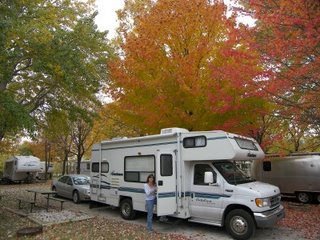November 25, 2006
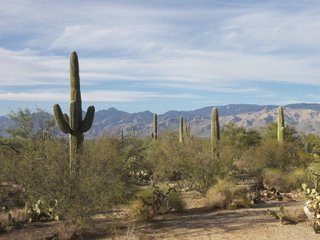
November 25, 2006
We don’t want the weekend rush of golfers slowing down our golf game so we have decided to do one-day road trips every Saturday instead. We chose to start close to home by making the short drive to nearby Saguaro National Park. One of the reasons I like Tucson (besides the great winter weather) is the abundance of Saguaro cacti that grow up the slopes of the mountain foothills in this area. These green giants are beautiful and majestic. Even though they are the symbol of the whole desert southwest, they only grow in the Sonoran desert that stretches south from Tucson. We first walk thru the visitor’s center of Saguaro East. (The other half of the park is 30 miles away on the other side of Tucson and will have to wait for another day.) The visitor’s center is pretty poor with almost no information on the Saguaro itself. Fortunately, the National Park Service brochure we get later has some tidbits. From the park office, we do the eight-mile loop driving tour. Despite being a desert the terrain is covered with vegetation, including mesquite trees, creosote bushes, prickly pear cacti, and of course saguaro. A hundred years ago, this area was literally forested with saguaro. Since then a couple killer frosts hit the area and the saguaros are fewer and farther between. The saguaro is making a comeback but they grow so slowly it takes about 75 years before young saguaros first sprout their famous branches or side-arms.
Halfway along the loop drive, we stop to make an easy one-hour circular hike thru the cacti. By the time we finish, the sun is starting to set and the temperature is dropping. On the drive out of the park, I catch a great shot of the sun setting next to a saguaro.

